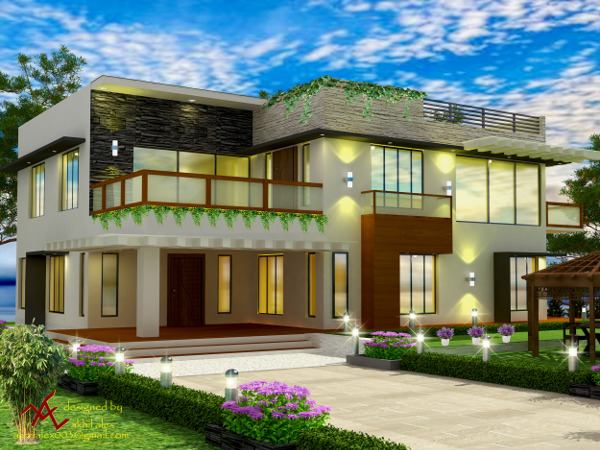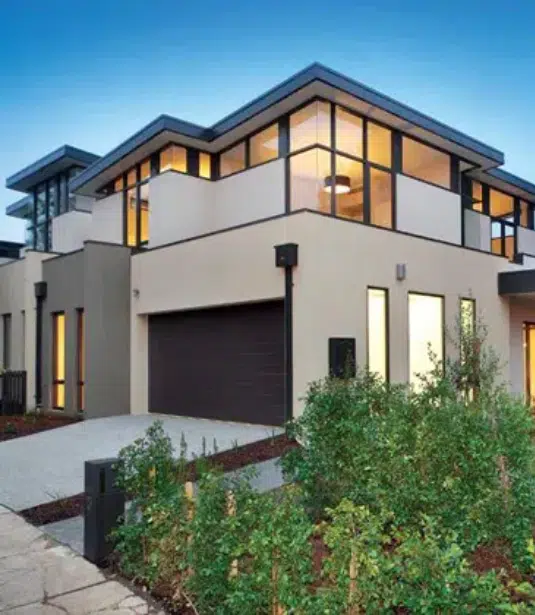Elevate Your Living Space with Residential Architecture Homes Crafted by Experts
Elevate Your Living Space with Residential Architecture Homes Crafted by Experts
Blog Article
Just How Residential Architects Create Custom-made Houses for every single Lifestyle
The process through which property architects layout personalized homes is a nuanced interaction of understanding customer requirements and equating those insights into functional living spaces. Through detailed appointments and using layout tools, designers record the essence of their clients' way of livings, ensuring that each home shows personal values and desires. This collective method prolongs past initial ideas, incorporating cutting-edge innovations and sustainable practices to enhance daily living. As we check out the detailed actions associated with this transformative procedure, a much deeper recognition for the engineer's function in shaping unique environments starts to emerge.
Understanding Customer Needs

Reliable communication is vital in this process. Engineers ought to urge clients to express their way of livings, household characteristics, and future goals, making certain that the design shows their unique identification. By using tools such as questionnaires, interviews, and visual studies, designers can gather important insights into the client's vision.
Furthermore, understanding the context in which a home will certainly exist is essential. Designers need to consider factors such as the website attributes, local environment, and social impacts that can affect the layout. This all natural method permits the creation of areas that are not just visually pleasing however likewise practical and sustainable.
Ultimately, a deep understanding of client requires makes it possible for engineers to produce personalized homes that enhance the lifestyle for their residents, fostering a sense of belonging and convenience within their living settings.
Design Process and Partnership
The design process in residential architecture is a dynamic interplay of creativity and collaboration, where architects, clients, and various stakeholders function carefully to bring a vision to life. This repetitive journey typically begins with a series of conferences to develop a comprehensive understanding of the client's aspirations, preferences, and way of life requirements. During these discussions, architects gather necessary information, allowing them to conceive designs that line up with the client's vision.
Following the first assessments, the style phase advances via sketches, 3D versions, and building renderings. This aesthetic communication functions as a device for engineers to existing concepts, while also welcoming client feedback, making certain that the last style resonates with their assumptions. Effective cooperation with engineers, professionals, and indoor designers is critical throughout this stage, as it makes sure that all functional facets of the job are flawlessly incorporated.

Incorporating Lifestyle Components
Including way of living components right into domestic layout is necessary for developing rooms that really reverberate with the citizens. residential architecture homes. This procedure starts with comprehending the distinct requirements, choices, and everyday regimens of the home owners. Engineers involve in thorough conversations to uncover how the specific or family members uses their room, whether for enjoyable guests, seeking leisure activities, or seeking quiet retreat
Once these understandings are gathered, architects can customize design attributes that boost day-to-day experiences. Open flooring strategies might be developed for families that focus on togetherness, while devoted workspaces can be incorporated for those who function from home. Outdoor locations, such as yards or outdoor patios, can be stressed for households that take pleasure in outside activities or entertaining.
In addition, adaptability is an essential factor to consider; multi-functional rooms permit adaptability as lifestyles advance gradually. Custom storage space solutions can likewise be integrated to satisfy details company requirements, guaranteeing that the home remains useful and clutter-free. Ultimately, by attentively weaving way of living aspects right into the building textile, property architects develop tailored wikipedia reference homes that not only meet aesthetic wishes yet likewise considerably improve the top quality of life for their clients.
Sustainable and Smart Design
Clever and sustainable design progressively plays a crucial role in property design, as property owners look for to decrease their ecological influence while boosting their living experiences. Designers are now incorporating green materials, energy-efficient systems, and cutting-edge innovations to produce homes that not only satisfy aesthetic desires however likewise serve the planet.
Integrating renewable resource sources, such as photovoltaic panels and wind generators, permits home owners to harness natural deposits, substantially minimizing dependence on typical power grids. Smart home technologies better boost sustainability by maximizing energy use via automated systems that manage cooling, home heating, and lighting based upon occupancy and preferences.
Additionally, making use of sustainable structure products-- like reclaimed timber, bamboo, and recycled steel-- promotes a circular economic situation, reducing waste and source consumption. Architects also stress passive style principles, ensuring homes are oriented for optimum all-natural light and air flow, consequently decreasing the need for fabricated home heating and cooling.
Along with environmental benefits, clever and lasting style adds to the general comfort and wellness of homeowners. By prioritizing interior air quality and natural environments, designers develop rooms that promote well-being, enabling homeowners to flourish in consistency with their environment.
Finalizing and Carrying Out Plans
Settling and executing plans is a critical stage in the household style process, where the vision of a tailored home begins to materialize. This stage includes precise interest to information, guaranteeing that every aspect of the layout is precisely verbalized and prepared for building and construction. residential architecture homes. Designers team up carefully with clients to evaluate final strategies, resolving any last-minute changes or worries, while making certain that all components align with the house owner's way of living demands
When strategies are settled, architects prepare detailed construction records, consisting of thorough drawings and requirements that function as a blueprint for builders. These records lay out products, surfaces, and installment methods, offering clearness for contractors and helpful site subcontractors. Additionally, protecting required authorizations and sticking to neighborhood building codes is vital, as it guarantees compliance and smooth task execution.
Effective communication is vital throughout this stage. Learn More Routine updates and discussions with home builders help to minimize potential problems prior to they develop. By promoting a joint setting, designers can assure that the application aligns with the initial vision. Eventually, this crucial phase changes ideas into reality, laying the structure for a home that reflects the unique way of life and choices of its occupants.
Conclusion
In conclusion, domestic architects play a pivotal duty in crafting customized homes that provide to varied way of lives. Via thorough understanding of customer demands, collective layout procedures, and the combination of way of living components, designers make sure that each home mirrors individual choices.
The procedure by which residential designers design customized homes is a nuanced interplay of recognizing customer demands and equating those understandings into useful living rooms. Through extensive examinations and the usage of style tools, engineers capture the significance of their clients' way of lives, making sure that each home reflects personal values and ambitions. Designers should urge clients to verbalize their way of lives, household dynamics, and future ambitions, making sure that the style shows their special identity.The style process in household style is a vibrant interaction of imagination and collaboration, where architects, customers, and different stakeholders work closely to bring a vision to life - residential architecture homes. Through precise understanding of client requirements, joint design procedures, and the combination of way of life aspects, architects guarantee that each home shows private choices
Report this page